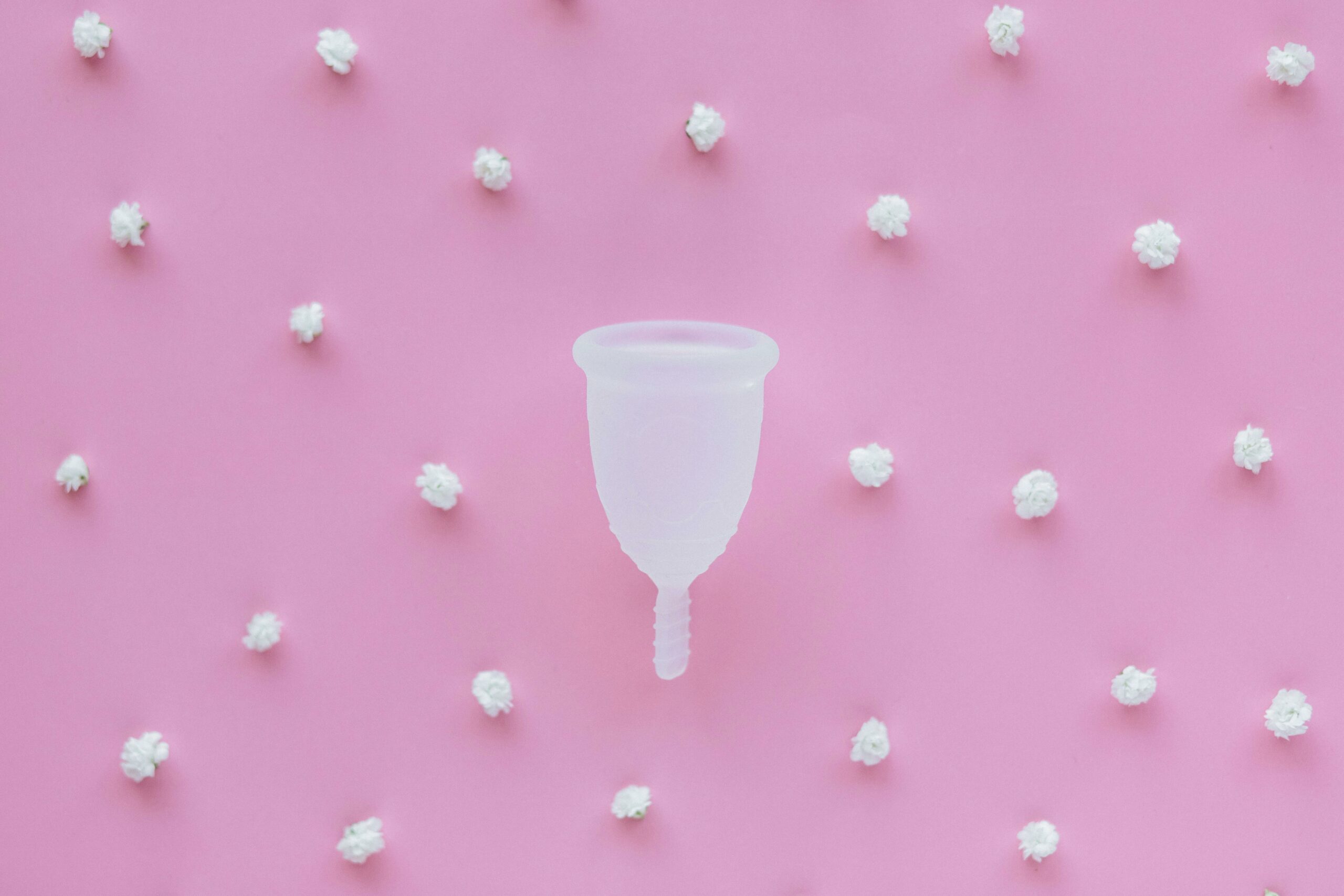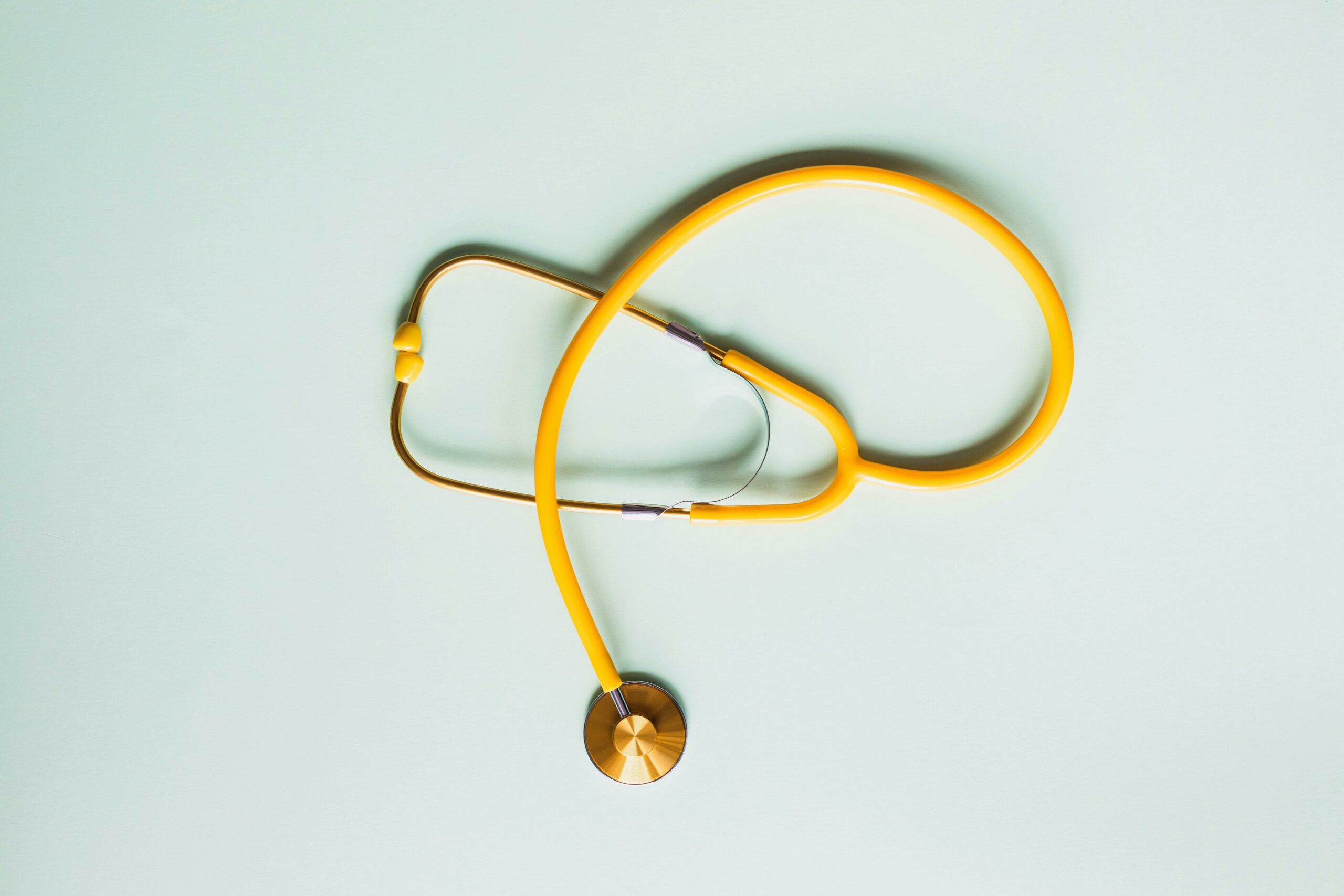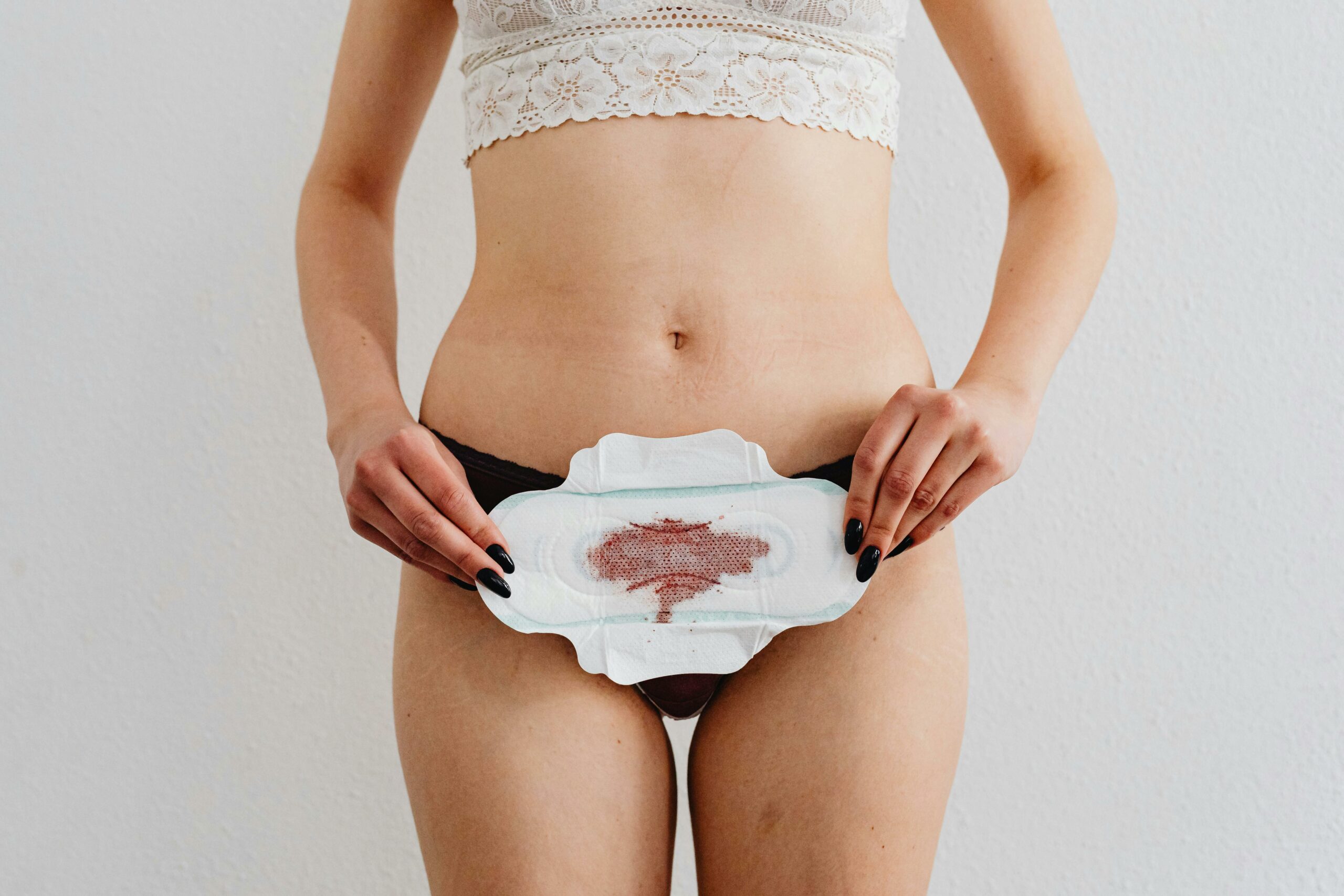
What is PMS?
In this article
What's the lowdown?
PMS stands for premenstrual disorder
It is a set of physical, emotional and behavioural symptoms
Normally PMS is experienced 1-2 weeks before your period starts
It is believed PMS is caused by our body’s sensitivity to our changing hormones throughout our menstrual cycle
What is PMS?
You’ve either heard the word PMSing or used the word PMSing yourself. Who hasn’t! But do you know what PMS actually means other than a loosely veiled insult from your family or partner? PMS stands for pre-menstrual syndrome. It pretty much describes itself. Pre meaning before the menstrual phase of our cycle, so it refers to symptoms you experience before your period1. Around 90% of us have hormonal changes such as breast tenderness, food cravings and bloating before our period, these are called premenstrual symptoms. However, these can vary in severity with only 20-40% of us having symptoms that classify as a diagnosis of PMS, and roughly 5-8% who have a more severe condition called premenstrual dysphoric disorder (PMDD)2,3,4.
What are the symptoms of PMS?
PMS symptoms are an amalgamation of emotional, behavioural and physical symptoms. These symptoms can present in a whole host of different ways. Some people live a completely normal life with PMS while others find it debilitating.
Symptoms look like:
- Mood swings
- Tearfulness
- Feeling low or anxious
- Irritability and anger
- Difficulty concentrating
- Bloating
- Headaches
- Muscle tenderness
- Tender breast
- Skin changes (spots or dryness)
- Cravings resulting in eating more
- Lethargy/lack of energy
- Difficulty sleeping/insomnia
- Loss of sexual desire
When does PMS begin and how long does PMS last?
PMS symptoms can begin from your very first period, and continue until the menopause when your periods stop. You might get a break if you have any pregnancies or stop your cycle with hormonal contraception, and the symptoms can wax and wane throughout your reproductive life. Some women find that PMS worsens throughout the perimenopause.
Within each cycle, PMS starts about one to two weeks before your period starts. It is linked to the luteal phase of our cycle5 (recap on the menstrual cycle). Our hormones are not the only ones going on a rollercoaster ride throughout our cycle, so do we. It is theorised that PMS manifests itself due to our tissues and brains sensitivity to our rise and fall of these hormones6.
We have on average around 480 periods throughout our reproductive life4. Women studied in the US have roughly 6.4 days of symptoms each month, and if we multiply this, it’s around 8 years of your life potentially living with these symptoms7. The good news is, PMS symptoms should improve as your period starts and fully disappear a few days in, and there are treatments….!
How can I get a PMS diagnosis?
It might not be the answer you want to hear, but there is no test for PMS. Your doctor might do a blood test to rule out other conditions that can have similar symptoms such as underactive or overactive thyroid, but these can’t confirm PMS.
Your GP will ask you to record your symptoms over at least 2 menstrual cycles to establish a pattern of your symptoms1. The best way to record these symptoms is to use a questionnaire called “The Daily Record of Severity of Problems”. PMS is diagnosed if you meet the following criteria:
- Symptoms are present in the luteal phase of your cycle
- Symptoms affect your day to day living – for example, your ability to work, go to school or your relationships
- Symptoms must get better when your period begins
- You must have a week without symptoms after the first day of your period
- This pattern is recurring
Interestingly, it doesn’t actually matter what symptoms you have or how many, for a diagnosis in the UK, it’s all about how they affect you and the timings throughout your cycle.
In the US, you should have symptoms for at least 5 days prior to your period which then disappear within the first 4 days of your cycle, and doctors will ask you to track for 3 cycles for a diagnosis.8
PMS is not a joke, some people really struggle with the impact the symptoms have on their quality of life. If you need help and don’t know who to open up to, reach out to our lovely in-house women health GPs. They are a safe space and shoulder to lean on and really know their stuff with treatment.
PMS lifestyle therapy
Now we know the basics of PMS, how do we actually get rid of these pesky symptoms.
While medications can help flip the switch and make this week of our cycle normal, lifestyle changes are also incredibly important. Some general advice is to1:
- Exercise regularly (yes, the last thing you want to do but those endorphins – our natural feel good hormones – can do you wonders)
- Eat a well-balanced diet (this does not mean you have to put down that bar of chocolate)
- Get plenty of sleep (try encompassing some sleep hygiene practises to ensure you get quality and quantity of sleep)
- Manage your stress levels (yoga and meditation might calm your nerves)
- Painkillers might work to easy the headaches and muscle pain
- Supplements have research to show that they can help with PMS symptoms, as long as they are taken correctly!
Fun fact: Dark chocolate (rich in cocoa) is rich in magnesium and may have similar pain relieving properties of ibuprofen10. Yes, this makes it the perfect excuse (not that you need one) to munch all the chocolate you want when those period cramps kick in!
PMS treatments
If lifestyle changes aren’t working and your PMS symptoms are affecting your life, your healthcare professional might try some treatments like hormonal contraception, cognitive behavioural therapy (CBT) or antidepressants.
Combined hormonal contraception can relieve PMS symptoms as it regulates the hormone levels in the body. There are sooooo many birth control brands out there, so making a choice can be confusing but this is why we have a contraception comparison tool to make this decision a little easier. If you want to know what using a specific contraception is like, why not see what our community have said. Their experiences might help you narrow down an option!
CBT is a talking therapy that can help you work through the emotional and behavioural symptoms associated with PMS11. And finally a type of antidepressants called selective serotonin reuptake inhibitors (SSRIs) have been shown to improve PMS symptoms. It can be taken daily for 2 weeks before your period or throughout your whole cycle11.
PMS vs PMDD
A small subset of people who have PMS, experience these symptoms but on a more severe scale. This is referred to as PMDD or premenstrual dysmorphic disorder. We cover the exact differences between PMS and PMDD in more detail elsewhere to keep things simple.
Summary
Who knows why PMS occurs….and does it add any benefit to our cycle as menstruators?….. absolutely not! Sadly it happens, but it does not mean we have to put up with it. If your symptoms benefit from lifestyle changes, they are not just tips for PMS but also living a healthier life. However, if your symptoms are moderate to severe and interfere with your quality of life, don’t let PMS ruin two weeks of each month. Reach out to your GP for some support, or speak to a friend/family/partner!
Our medical review process
This article has been medically reviewed for factual and up to date information by a Lowdown doctor.






